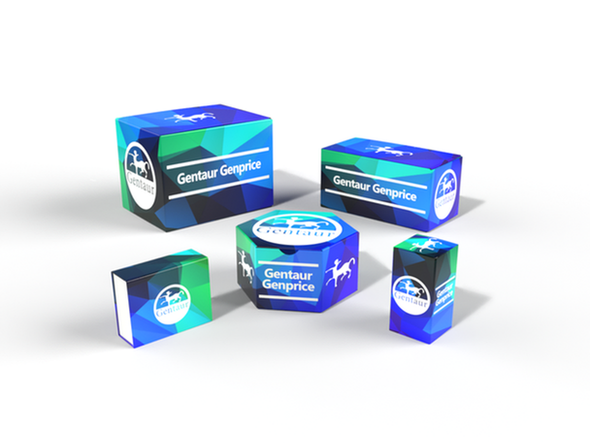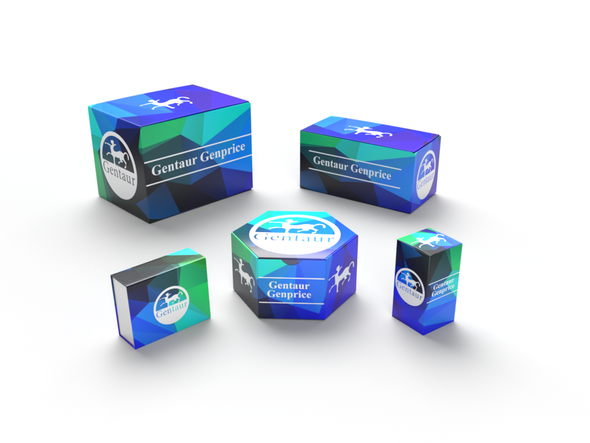749
EP4 Polyclonal Antibody | ABP51269
- SKU:
- 749-ABP51269
- Availability:
- Usually ships in 5 working days
Description
EP4 Polyclonal Antibody | ABP51269 | Gentaur UK, US & Europe Distribution
Immunogen: Synthesized peptide derived from the Internal region of human EP4 at AA range: 300-380
Product Category: Protein
Application: Protein General Reagents
Product Type: Primary Antibody
Host: Rabbit
Reactivity: Human
Application: WB, IF, ELISA
Application Note: Optimal working dilutions should be determined experimentally by the investigator. Suggested starting dilutions are as follows: WB (1:500-1:2000), IF (1:200-1:1000), ELISA (1:20000) . Not yet tested in other applications.
Clonality: Polyclonal
Isotype: Rabbit IgG
Formulation: Liquid solution
Kit Component: N/A
Concentration: 1 mg/ml
Storage Buffer: PBS containing 50% Glycerol, 0.5% BSA and 0.02% Sodium Azide.
Storage Instructions: Stable for one year at -20°C from date of shipment. For maximum recovery of product, centrifuge the original vial after thawing and prior to removing the cap. Aliquot to avoid repeated freezing and thawing.
Shipping Condition: Gel pack with blue ice.
Background: Prostaglandin E receptor 4 encoded by PTGER4 is a member of the G-protein coupled receptor family. This protein is one of four receptors identified for prostaglandin E2 (PGE2) . This receptor can activate T-cell factor signaling. It has been shown to mediate PGE2 induced expression of early growth response 1 (EGR1), regulate the level and stability of cyclooxygenase-2 mRNA, and lead to the phosphorylation of glycogen synthase kinase-3. Knockout studies in mice suggest that this receptor may be involved in the neonatal adaptation of circulatory system, osteoporosis, as well as initiation of skin immune responses.
Alternative Names: PTGER4; PTGER2; Prostaglandin E2 receptor EP4 subtype; PGE receptor EP4 subtype; PGE2 receptor EP4 subtype; Prostanoid EP4 receptor
Precaution: The product listed herein is for research use only and is not intended for use in human or clinical diagnosis. Suggested applications of our products are not recommendations to use our products in violation of any patent or as a license. We cannot be responsible for patent infringements or other violations that may occur with the use of this product.






